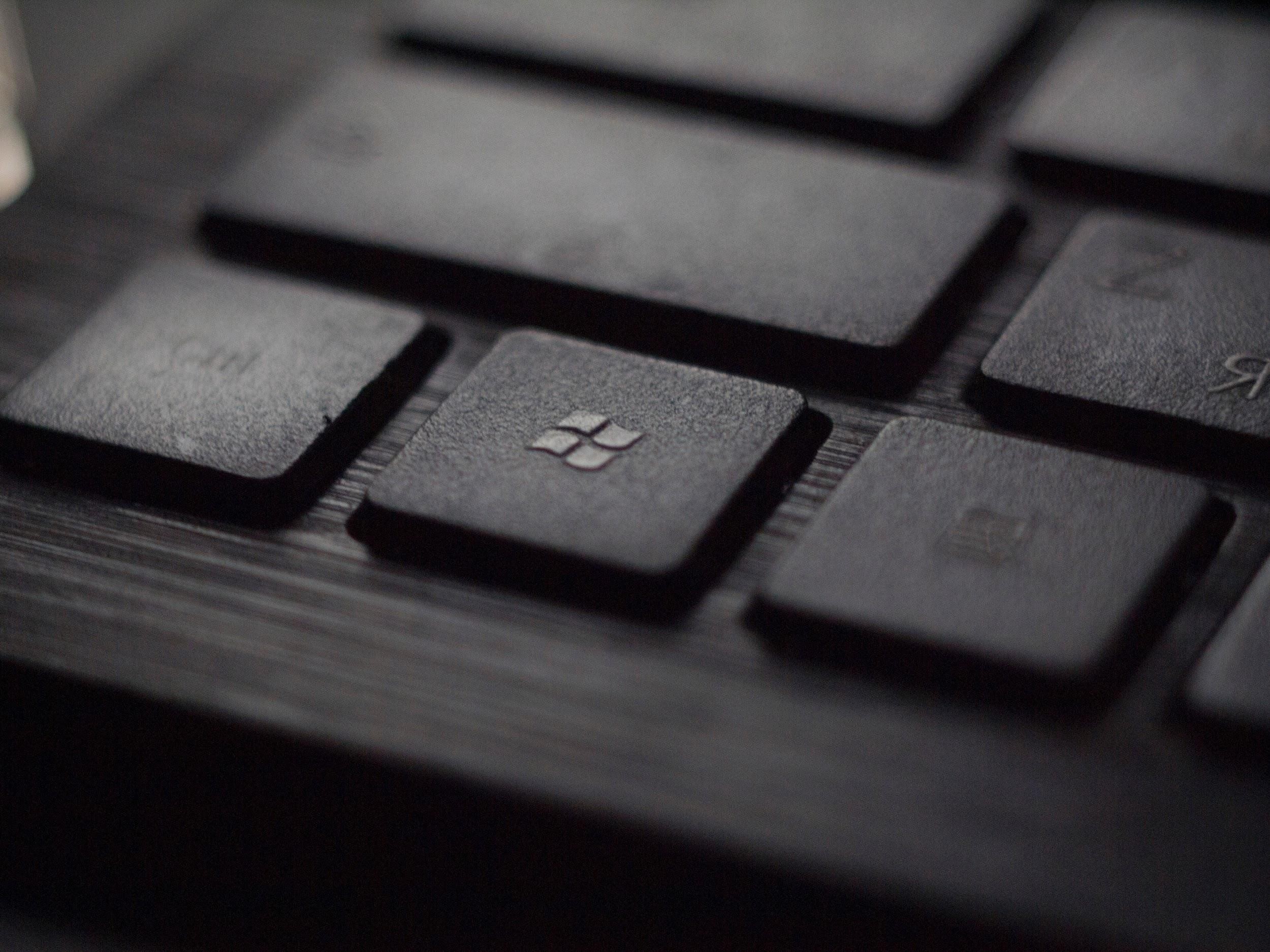Most of us rely on our computers for almost everything. Whether you work from home on your laptop, use it for school, or regularly spin and win real money from online games, technology is a livelihood for many people. So, when something goes wrong with our beloved machines, there is a special kind of dread that goes along with this.
Luckily, if you’re a Windows 10 user, Windows offers some handy tools to help you diagnose and fix problems across your device. Windows 10 support systems, like SFC, DISM, and CHKDSK give users some peace of mind and help root out failures and corrupt files within hard drives. But, if you’re not a tech whizz, how do you know which one to use and when to use them? We take you through the difference between these tools and when you should kick them into gear.
How and When to Use SFC, DISM, and CHKDSK
Windows 10 users can enjoy the benefits of all three of these diagnostic tools. However, it isn’t really necessary (or efficient) to run all three at once. Instead, these tools have quite specific applications that can help you deal with any Windows 10 operating system failures that happen. Here’s how and when to use them:
● CHKDSK
CHKDSK (Check Disk) is the most general of these three tools. If you have problems with your Windows 10 PC, the CHKDSK function should be your first port of call. This diagnostic tool should be used if your computer starts to become slow or if it takes ages to shut down.
The CHKDSK tool basically runs a scan of your entire hard drive. During this scan, it can identify corrupt files or clusters of bad data and can stop your computer from using them. It can also repair file errors and alert your machine to the presence of malware. This Windows 10 tool is not only useful when something is already wrong, it can also help you head off problems on your hard drive.
Users should run a regular CHKDSK scan, ideally around once a month, to check for errors or corrupt files on their device. When used in tandem with PC security systems, for example, if you have your Windows 10 in S mode CHKDSK scans can help prevent malfunctions. This makes file corruption and file loss less likely and helps protect your stored files.
● SFC
SFC stands for System File Checker and is a more specialized tool than CHKDSK. SFC is great if your Windows 10 desktop or laptop is crashing when you use specific programs, or if you get a blue screen error message. These signs tell you that this is not just a vague problem, like a slow shut-down or start-up rate. Something is definitely wrong with certain files on your computer.
SFC has the capacity to modify corrupt files and replace damaged ones with a repaired version. You can also just run a scan (rather than a repair sweep) with SFC by typing ‘verify only’ into the elevated command prompt window. This scan can help you confirm whether problems exist within specific system files and whether the SFC is able to fix them.
● DISM
DISM (Deployment Image Servicing and Management) is the tool to turn to when you’ve tried the other two and haven’t got to the root of the problem. It is the diagnostic tool to bring out when your computer freezes constantly or is virtually impossible to use. It basically provides diagnostic help with Windows 10 requirements that the other two cannot solve.
DISM essentially acts as a support for CHKDSK and SFC. When these two tools can’t perform their task because of faults on the hard drive, DISM can attempt to identify and repair these faults. The DISM can find and repair corrupt files in the Windows system image.
DISM scans usually take around ten minutes, and it is a good idea to back up any work on your device before running one. DISM scans are quite aggressive, so if something goes wrong, you can end up having important files wiped. If your DISM scan finds repairable faults within your system, it will connect to Windows Update to patch and repair them. You can use an elevated command prompt with the words ‘cleanup-image’ to run repairs on your DISM function. This can help rebuild missing files or sweep corrupt ones from your machine.
Conclusion
These three diagnostic tools work together and, if you know about them, you have an excellent Windows 10 education. Use them to clear corrupted files, identify errors and malware, and scan your computer for problems. As these diagnostic tools and systems are often updated, it is also important to look out for Windows 10 news to find out about changes.
Final Call: Are you a Windows 10 user? Do you regularly run scans on your PC? Do you feel confident using these tools yourself, or do you ask for outside help? Share your tips in the comments!
Author’s bio
Scott Carrion is a freelance writer and analyst focusing on business and programming. His Master’s degree in Science, Technology, and Environmental Policy from Hubert H. Humphrey School of Public Affairs has given him a broad base from which to approach many topics. He works closely with B2B and B2C companies providing useful and engaging content that can convert viewers into customers.



